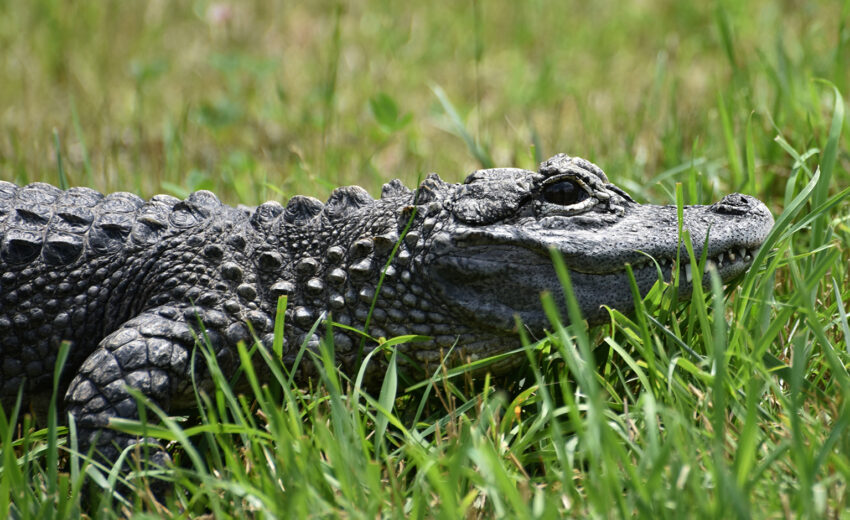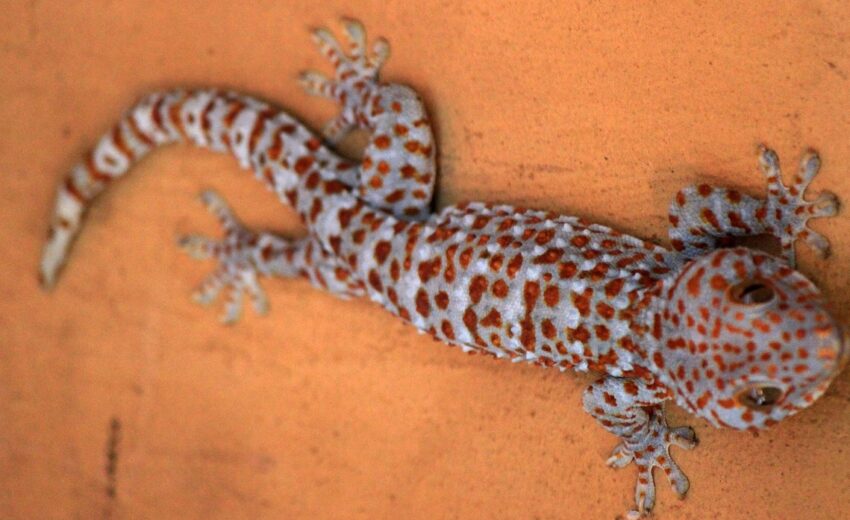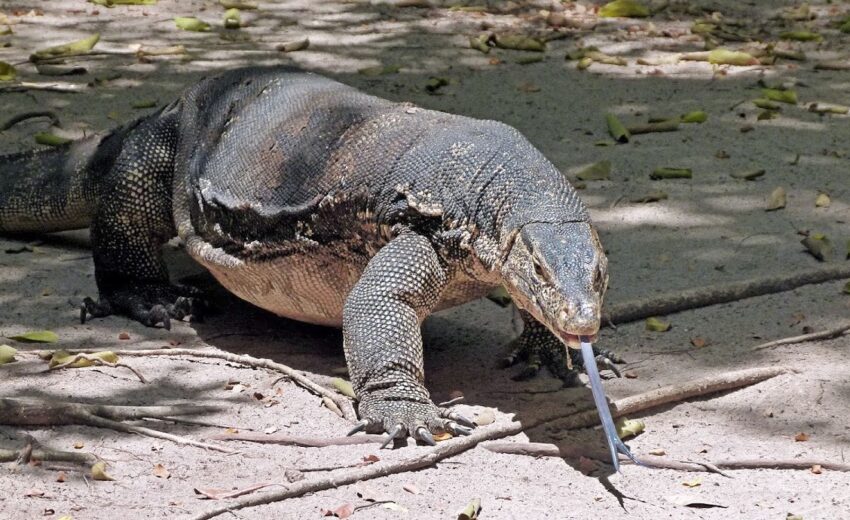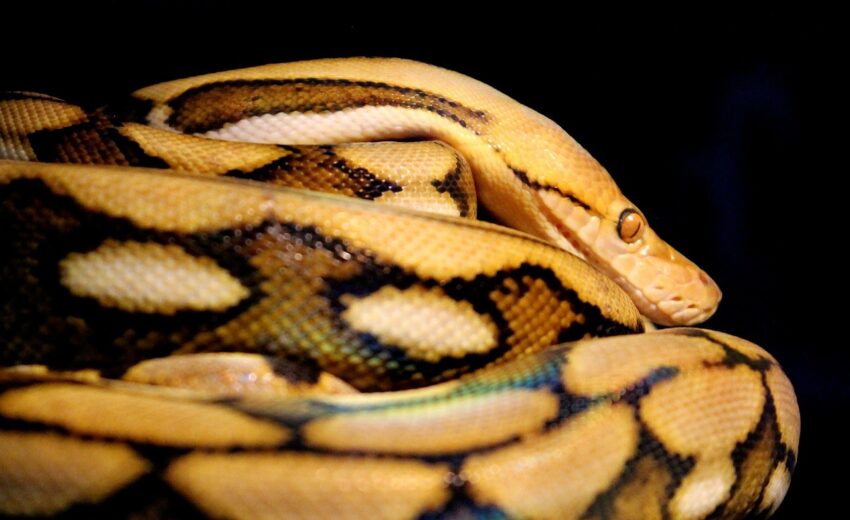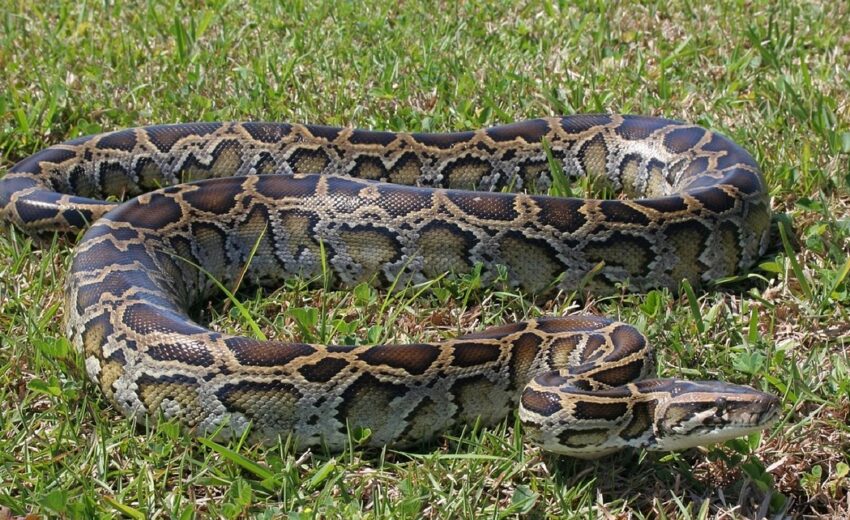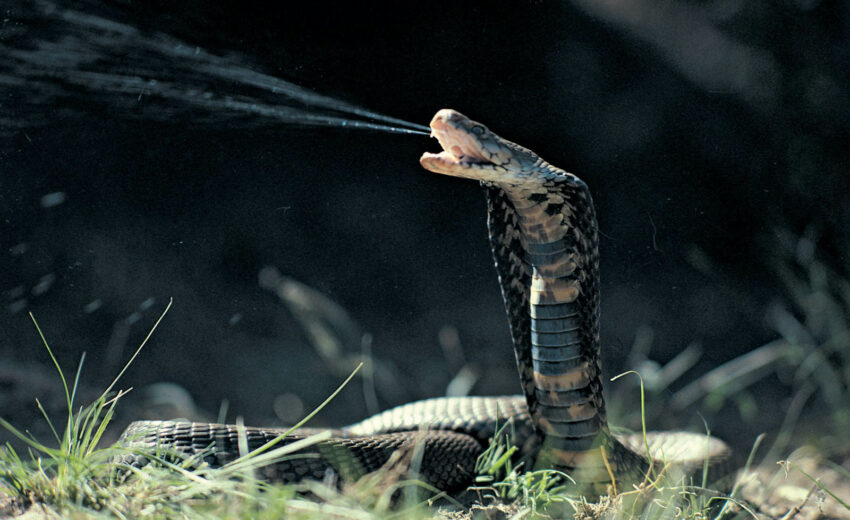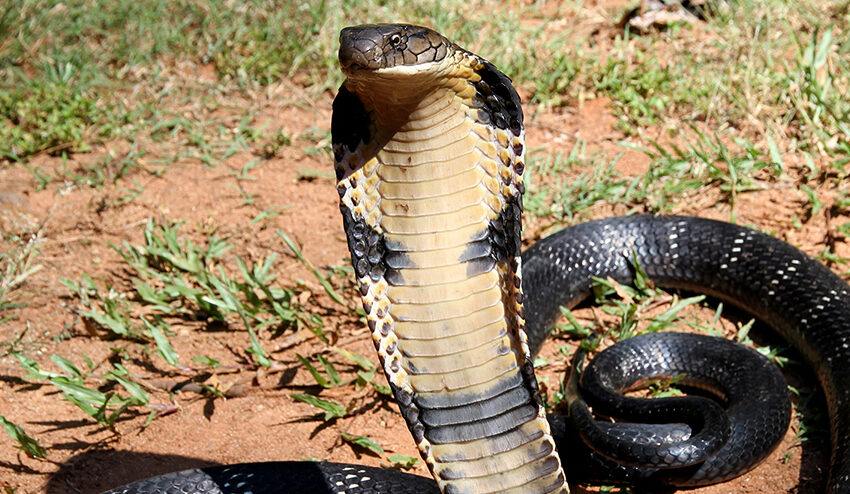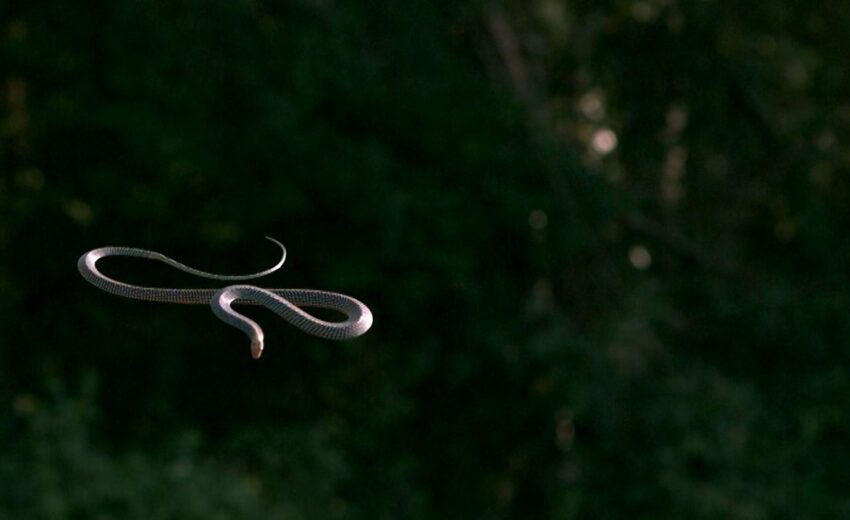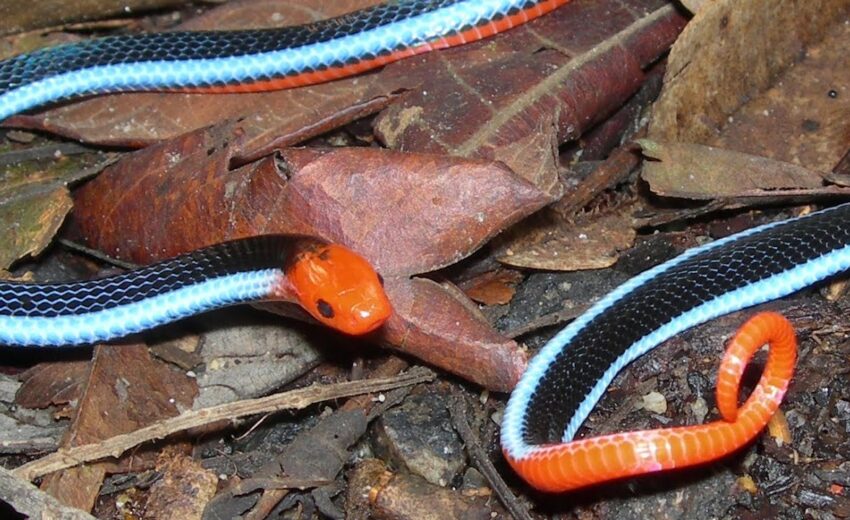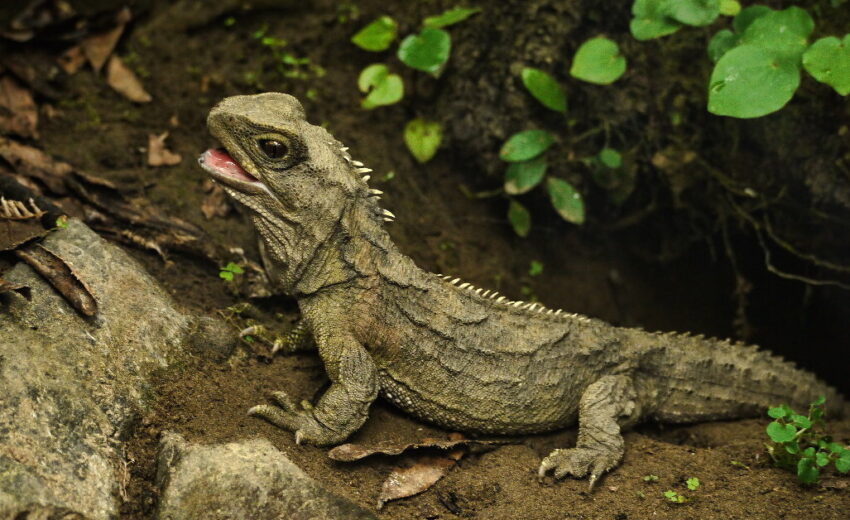The Chinese alligator is 1 of the smallest crocodilians and the smallest of the 2 known alligator species. They are also known as China alligator, Yangtze alligator, or the muddy dragon
- Zoology
- Daily Critter Facts
- For Teachers
- Study Guides
- Animal Diseases & Parasites
- Contact

